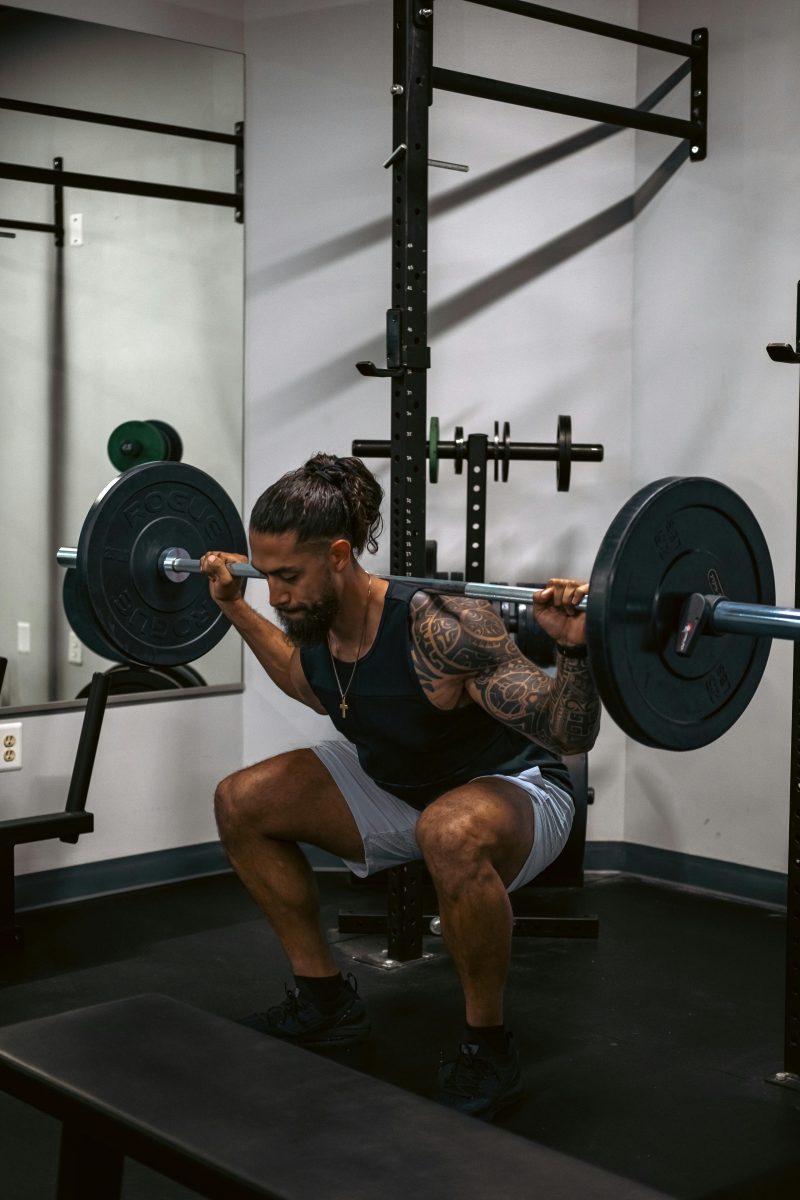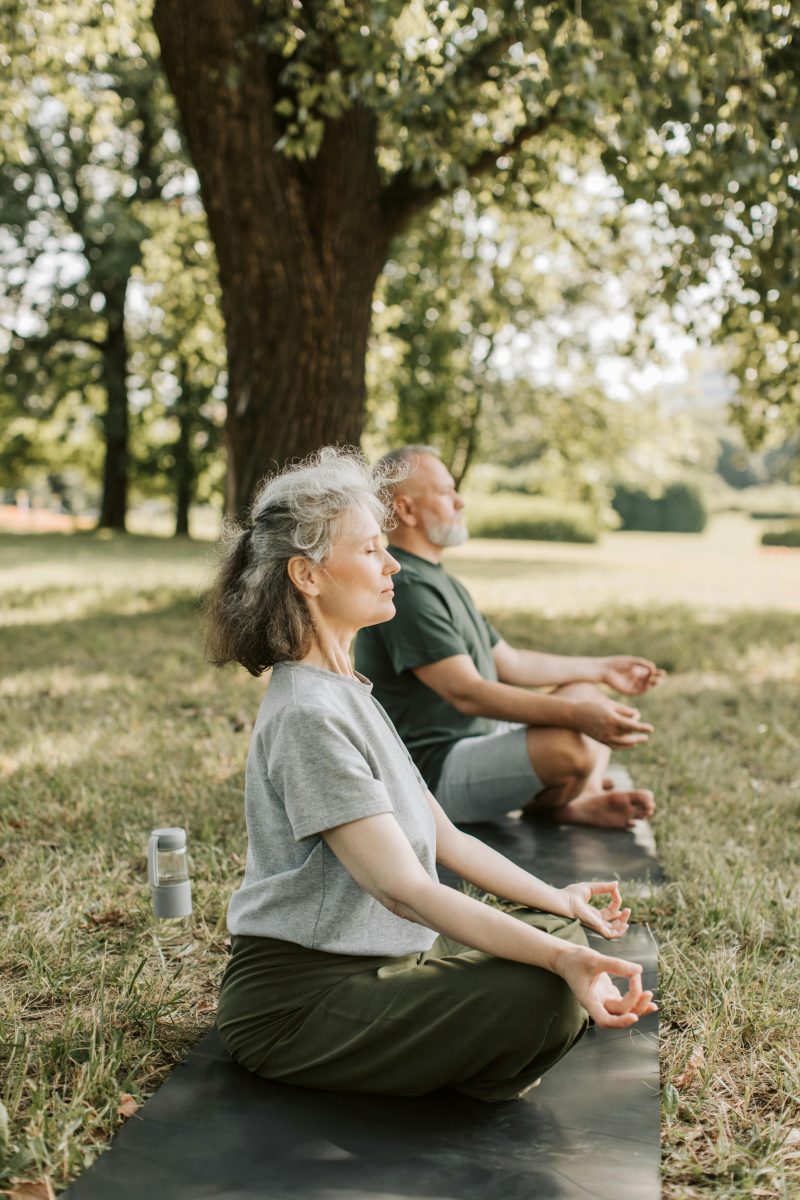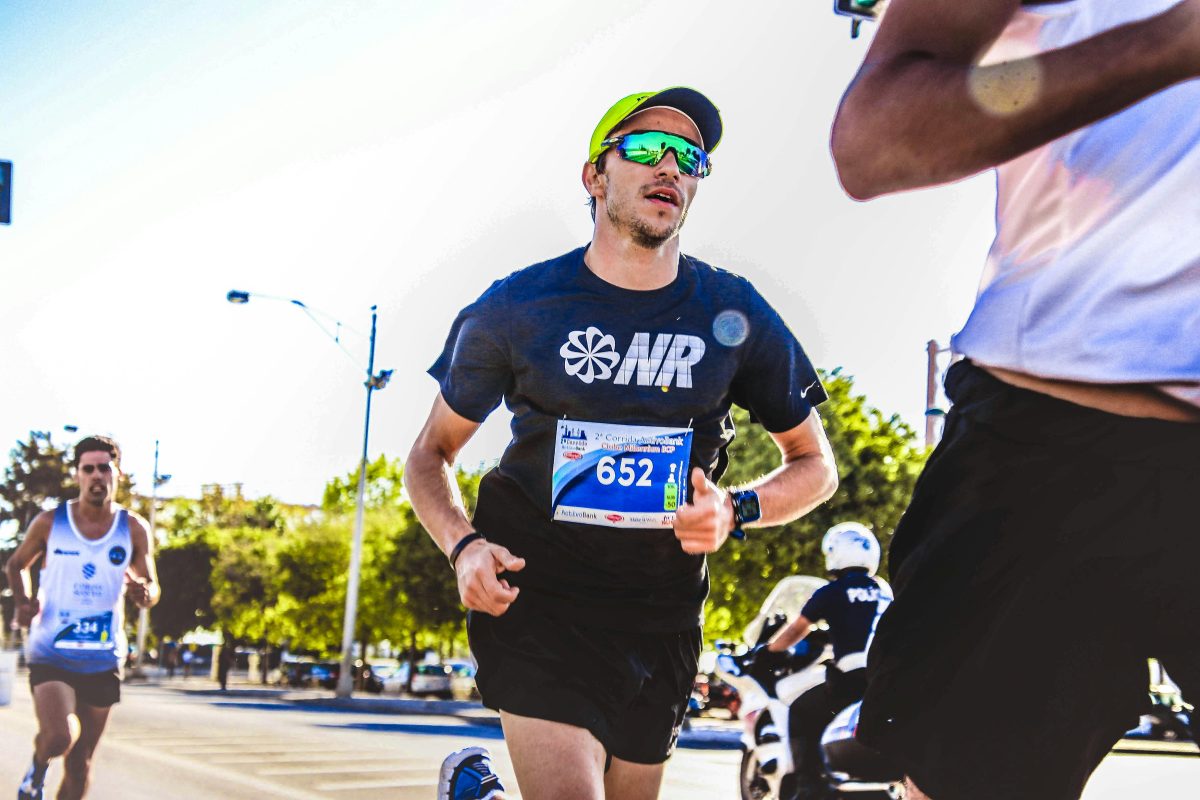Last Updated on: 14th July 2024, 10:57 am
Optimal Breathing Techniques for Different Exercises

Breathing isn’t just about keeping us alive. It’s the cornerstone of peak physical performance. Each inhale and exhale can be a powerful tool in enhancing your workout, from lifting weights to running miles. But not all exercises are created equal, and neither are their breathing techniques. Understanding this can transform a good workout into a great one.
Different exercises demand different breathing rhythms. For instance, the controlled, rhythmic breaths in yoga create a sense of calm and focus, while the explosive exhales in weightlifting help power those heavy lifts. This variety in breathing techniques is not just a matter of tradition or preference. It’s about physiology. Matching your breathing to your movement can increase efficiency, improve performance, and even reduce the risk of injury.
So, as we dive deeper into the world of optimal breathing techniques for various exercises, remember: the right breath can be your best ally. Let’s explore how to harness the power of your breath to elevate your workout, step by step, breath by breath.
The Science of Breathing in Exercise

When we exercise, our respiratory system kicks into high gear. This isn’t just about gasping for air; it’s a sophisticated process that fuels our muscles and keeps us going. The dance between oxygen and carbon dioxide in our bodies is a delicate one, crucial for producing the energy that powers our workouts.
- Oxygen plays the starring role in this production. It travels to our muscles, sparking the conversion of nutrients into usable energy.
- Carbon dioxide, often cast as the villain, is actually vital. It signals our brain to breathe more deeply and frequently, ensuring a steady supply of oxygen.
Here’s where it gets interesting. By mastering breathing techniques, we can enhance our performance and recovery. Deep, controlled breaths increase oxygen flow, boosting endurance. Meanwhile, focused exhales can help us power through the toughest parts of our workout. After, slowing our breath helps shift our body into recovery mode, reducing soreness and fatigue.
So, whether you’re sprinting, lifting, or stretching, remember: your breath is a powerful tool. Use it wisely, and you’ll not only improve your performance but also your overall fitness journey.
Optimal Breathing Techniques for Different Exercises

Understanding the right breathing techniques for various cardiovascular exercises can significantly enhance your performance and overall health. Each activity demands a unique approach to breathing, tailored to its specific rhythm and intensity.
Running: The Rhythmic Breathing Method
For runners, mastering the rhythmic breathing method is key. This involves syncing your breaths with your strides, such as inhaling for three steps and exhaling for two. This pattern ensures a balanced distribution of impact across your body, reducing the risk of injury and improving stamina. It’s a simple yet effective way to maintain a steady pace and optimize oxygen flow to your muscles.
Cycling: The Belly Breathing Technique
Cyclists benefit greatly from the belly breathing technique. By focusing on deep, diaphragmatic breaths, you can increase your oxygen intake and prevent the quick onset of fatigue. This method involves expanding your belly as you inhale and contracting it as you exhale, promoting efficient air exchange and keeping you in the saddle longer. It’s a game-changer for endurance and comfort on long rides.
Swimming: The Bilateral Breathing Strategy
Swimmers, on the other hand, should adopt the bilateral breathing strategy. This technique involves breathing on both sides, alternating every three strokes. It promotes balance in the water, ensuring both sides of your body work equally. This not only improves your technique and speed but also enhances lung capacity and oxygen delivery. Mastering this strategy can be the difference between a good swim and a great one.
Weightlifting: The Valsalva Maneuver
When it comes to weightlifting, the Valsalva maneuver is a game-changer. This technique involves taking a deep breath and holding it while lifting, creating a solid core and stabilizing your spine. It’s a powerful ally in lifting heavier weights safely and effectively. Just remember, release your breath as you lower the weights to prevent undue pressure on your heart.
Bodyweight Exercises: Exhaling on Exertion
For bodyweight exercises, the key is to exhale on exertion. This means breathing out as you push, pull, or lift your body. It helps engage your core and provides that extra bit of power and stability when you need it most. This simple technique can significantly enhance your performance and reduce the risk of injury.
Yoga: The Ujjayi Breath
In the world of yoga, the Ujjayi breath reigns supreme. This method involves a slight constriction of the throat to create a soothing sound similar to the ocean’s waves. It encourages a deep, steady breath that enhances focus and calm during practice. Embracing the Ujjayi breath can transform your yoga session into a truly meditative experience.
Each of these breathing techniques offers a pathway to not only improve your exercise performance but also to enhance your overall well-being. By integrating these methods into your workouts, you’ll experience a noticeable difference in your endurance, strength, and recovery times. Remember, your breath is a powerful tool—learn to wield it effectively in your cardiovascular endeavors.
Tailoring Breathing Techniques to Individual Needs

Personalizing your breathing strategy is as essential as customizing your workout plan. It begins with:
- Assessing your fitness level
- Understanding the nature of your exercise routine
A brisk walker’s breath pattern differs vastly from a marathoner’s, just as a casual gym-goer’s needs will diverge from a competitive weightlifter’s.
Mindfulness plays a pivotal role in this personalization process. It’s the bridge between:
- The physical act of breathing
- The mental focus required for optimal performance
By being mindful, you can tune into your body’s cues, adjusting your breathing in real-time to suit the demands of your activity.
Adapting breathing techniques is particularly crucial for those with specific health conditions or goals. For example:
- Someone with asthma may benefit from pursed-lip breathing during exercise.
- Someone aiming for fat loss might focus on steady-state cardio with rhythmic breathing.
Tailoring your breath to your body’s needs not only enhances your exercise effectiveness but also ensures a safer and more enjoyable experience.
Remember, there’s no one-size-fits-all approach to breathing. Listen to your body, adjust as needed, and watch as your tailored breathing technique takes your fitness to new heights.
In Closing
Breathing powers performance. It’s the silent ally in every workout, enhancing endurance and strength. By mastering the art of breath, we unlock a higher level of physical and mental well-being, navigating the balance between exertion and recovery with grace. This journey through various exercises and their optimal breathing techniques illuminates a path to not only improved fitness but a deeper connection with our bodies. Embrace these insights, tailor them to your needs, and breathe your way to peak performance and beyond.
Optimal Breathing Techniques for Different Exercises FAQs
Yes, using the Valsalva maneuver, a technique where you hold your breath during the strenuous part of the lift, can improve performance in strength training. This method increases intra-abdominal pressure, providing additional support to the spine and allowing for greater force production. However, it should be used cautiously and with proper technique to avoid risks.
Adopting a deep belly breathing technique can enhance your cycling performance, as it increases lung capacity and oxygenation of the muscles. This involves inhaling deeply through the nose, allowing the abdomen to expand, and then exhaling fully through the mouth. It helps in maintaining a relaxed posture and conserving energy during long rides.
In Pilates, lateral thoracic breathing is recommended to maintain core engagement and stability. This involves inhaling deeply through the nose, expanding the ribcage to the sides, and exhaling fully through the mouth. It enhances the effectiveness of the exercises by ensuring the core muscles are engaged and the spine is supported.
When lifting weights, exhale on exertion and inhale on the release. This technique helps maintain blood pressure levels and provides stability to the core muscles during heavy lifts. It also ensures that the muscles are receiving enough oxygen during the exercise.
Yes, Ujjayi Pranayama, or “ocean breath,” is recommended for yoga, as it helps focus the mind and maintain a rhythm during poses. This involves breathing deeply through the nose with a slight constriction in the back of the throat. It aids in heat generation within the body and enhances concentration.
Quick, shallow breaths are recommended during the high-intensity phases, switching to deep, slow breaths during recovery periods. This pattern helps meet the oxygen demands of the body during intense activity and aids in the removal of carbon dioxide during rest. It ensures that the muscles are adequately oxygenated throughout the workout.
Diaphragmatic breathing, or deep abdominal breathing, is most effective for relaxation and stress reduction during exercise. This involves deep inhalation through the nose, allowing the diaphragm to expand and the belly to rise, followed by a long, slow exhalation through the mouth. It triggers the body’s relaxation response, reducing stress and anxiety levels while exercising.
Deep, rhythmic breathing is best for running, as it increases oxygen flow and improves endurance. This involves inhaling and exhaling in a controlled, steady pattern, often syncing breaths with steps. Doing so helps maintain a steady pace and prevents side stitches.
Adopting a rhythmic breathing pattern, such as a 2:2 or 3:3 pattern (inhaling for two or three steps and exhaling for two or three steps), is effective during a marathon. This technique helps in maintaining a steady pace and ensures that the body is consistently oxygenated throughout the race. It also aids in preventing cramping and maintaining focus.
Bilateral breathing, or breathing every three strokes, is advised for swimming to maintain balance and streamline in the water. This technique ensures equal muscle development on both sides of the body and helps with pacing. It also allows swimmers to keep their breathing steady and efficient.
Orlando is a all round athlete from Australia, now resident in Germany. His sports of passion of American Football(Offensive line), weight training and indoor rock climbing where he uses his 195cm wing span to his advantage.



